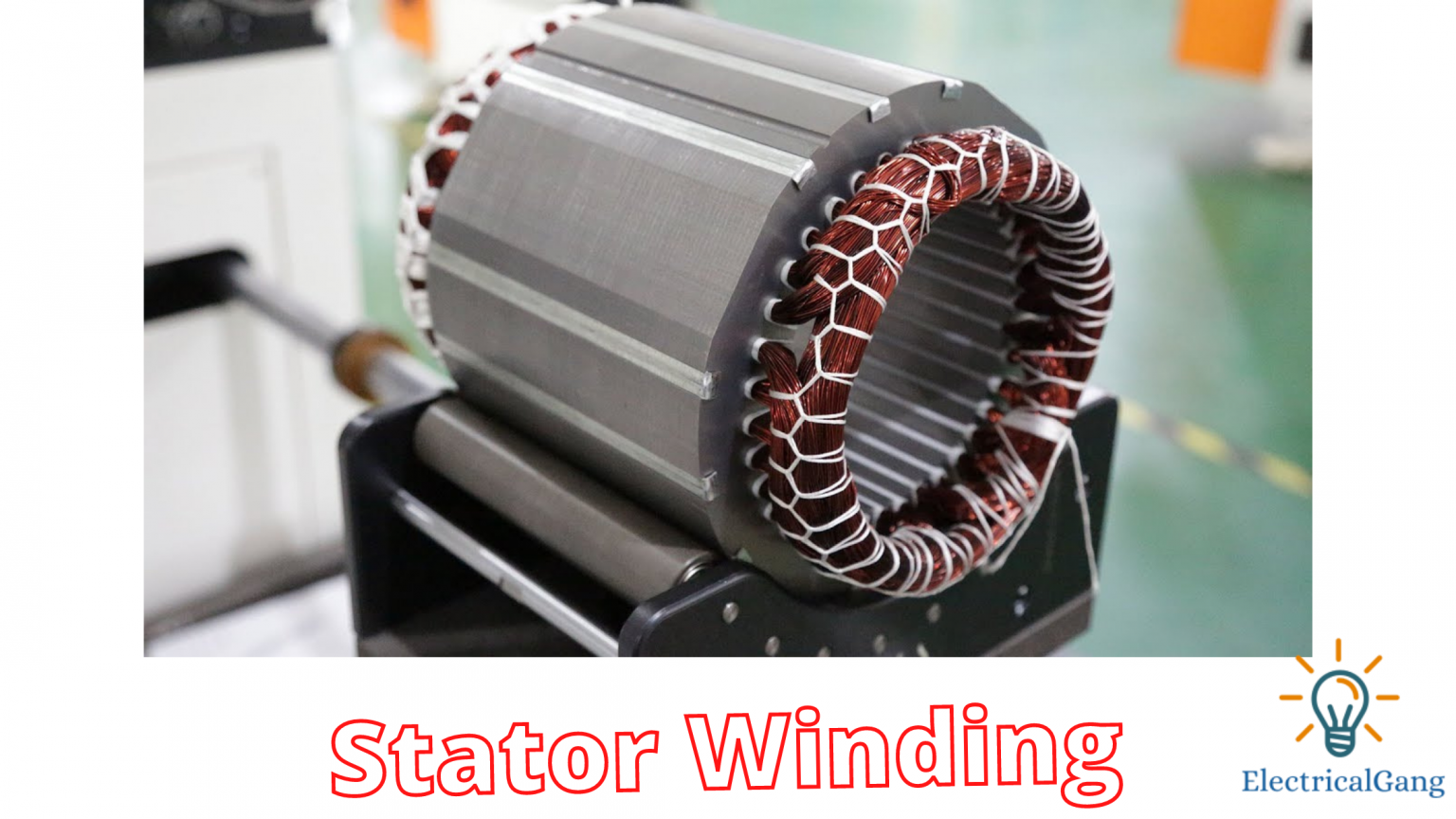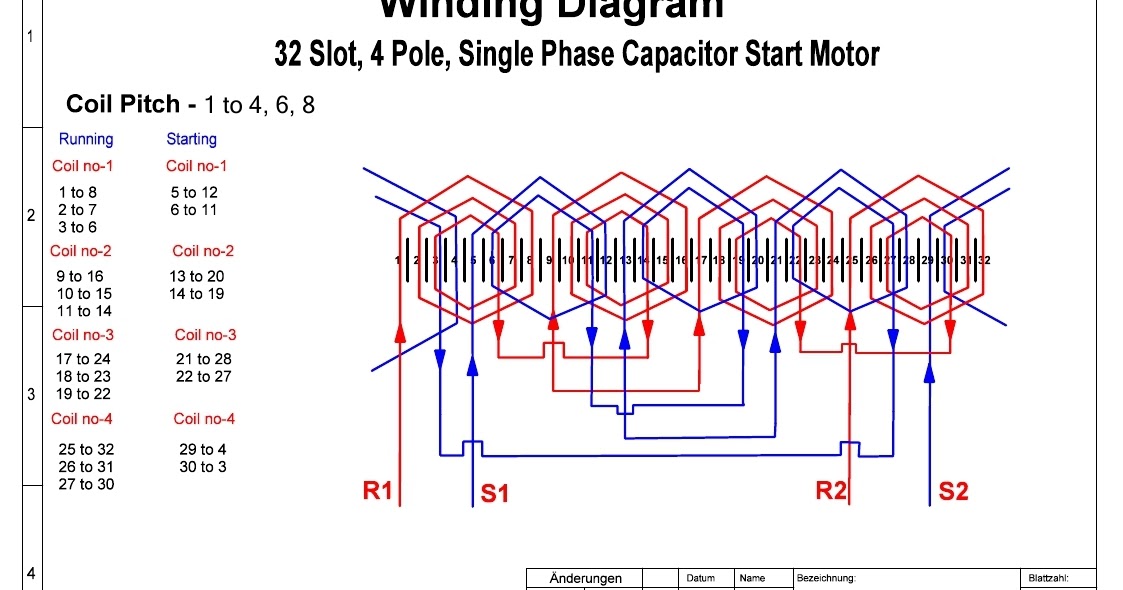
Induction motors are favored due to their ruggedness and simplicity. AC motors also have some losses not encountered by DC motors: hysteresis and eddy currents.

Thus, one goal is to maximize motor efficiency, reducing heat loss. It must be removed from the motor and may adversely affect longevity. The heat is an undesired byproduct of this conversion. Some of the electric energy is lost to heat, another form of energy, due to I2R losses (also called copper losses) in the motor windings. Unfortunately, electric motors are not 100% efficient. Such has been the case with diesel-electric locomotives on a smaller scale for many years.Īt the system level, (Figure above) a motor takes in electrical energy in terms of a potential difference and a current flow, converting it to mechanical work. The figure above shows the family tree of the AC motors described in this chapter.Ĭruise ships and other large vessels replace reduction geared driveshafts with large multi-megawatt generators and motors. And, the stepper motor, a digital version of the motor, is driven by alternating current square waves, again, generated by solid-state circuitry. The brushless DC motor, actually an AC motor, is replacing the conventional brushed DC motor in many applications. Modern solid-state electronic circuits drive brushless DC motors with AC waveforms generated from a DC source. Above one horsepower (750 W), the Tesla motor reigns supreme. Yet small brushed AC motors, similar to the DC variety, persist in small appliances along with small Tesla induction motors. Its ruggedness and simplicity make for long life, high reliability, and low maintenance. His new type of motor, the AC induction motor, is the workhorse of the industry to this day. Nikola Tesla envisioned an entirely new type of motor when he visualized a spinning turbine, not spun by water or steam, but by a rotating magnetic field.

Steinmetz contributed to solving these problems with his investigation of hysteresis losses in iron armatures. Figure 5.1 AC electric motor family diagramĬharles P. Initially, AC motors were constructed like DC motors, but numerous problems were encountered due to changing magnetic fields. However, motors were a problem with alternating current. Transmission of electrical energy covered longer distances at a lower loss with alternating current. The lighting worked as well on AC as on DC. After the introduction of the DC electrical distribution system by Edison in the United States, a gradual transition to the more economical AC system commenced.


 0 kommentar(er)
0 kommentar(er)
